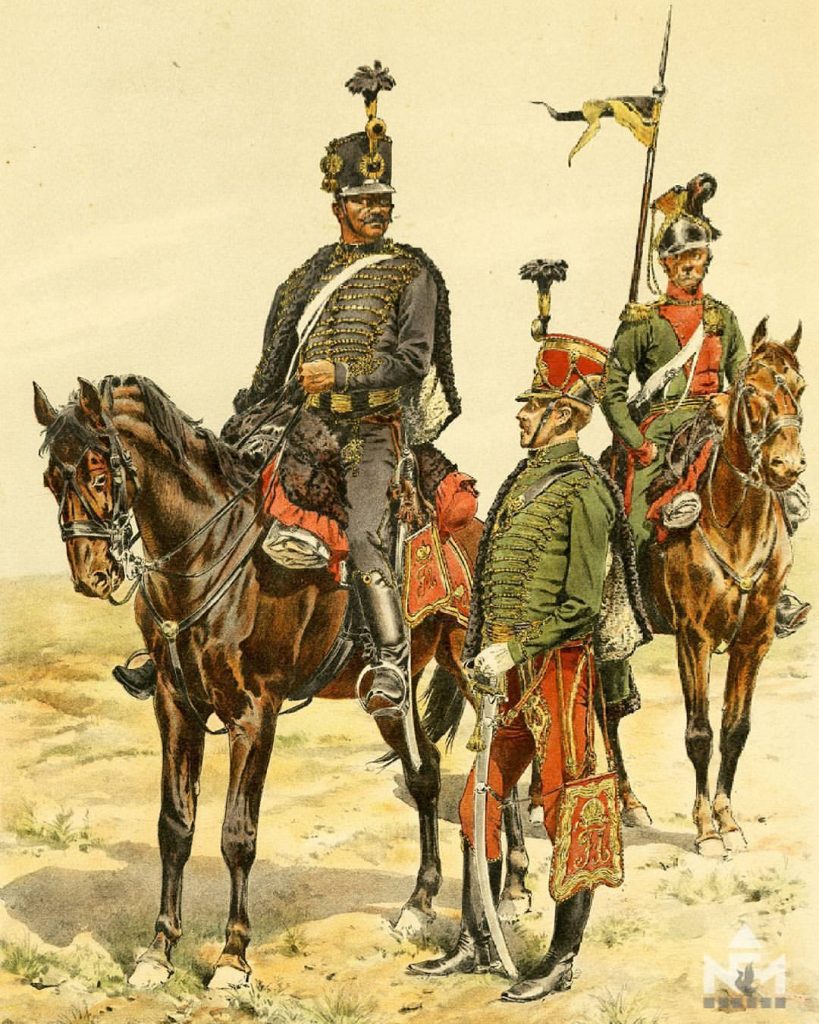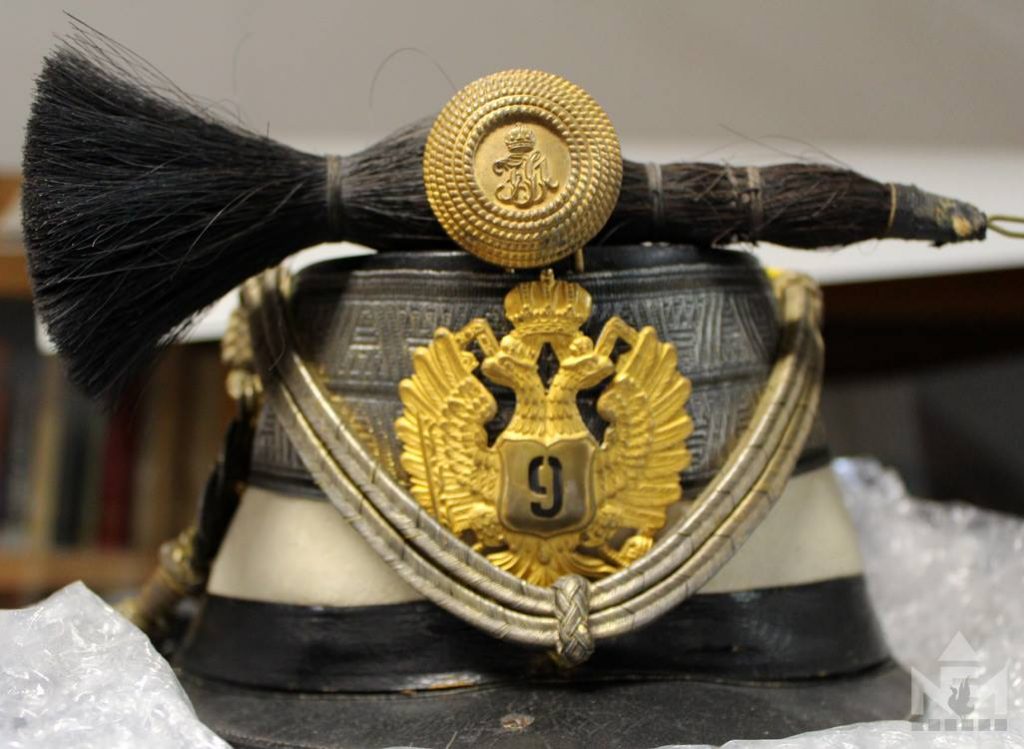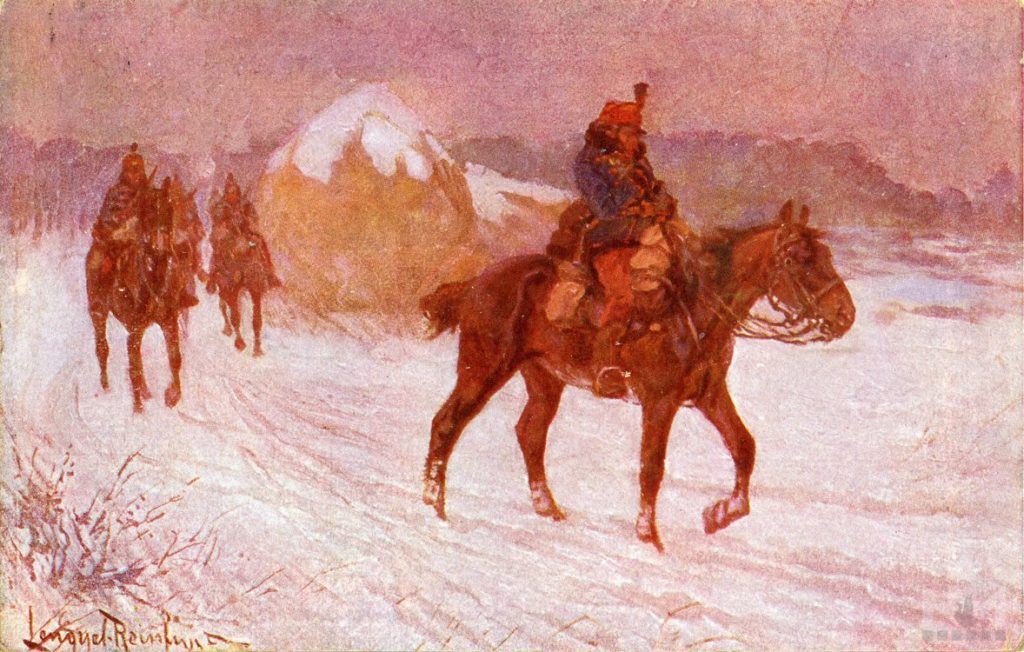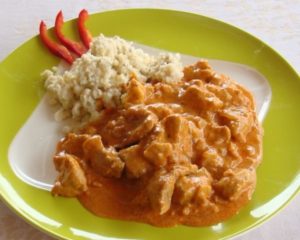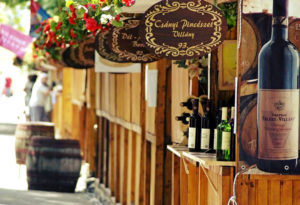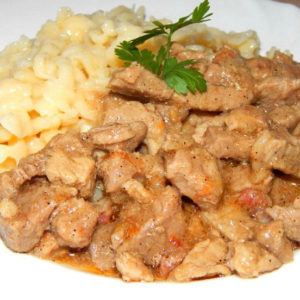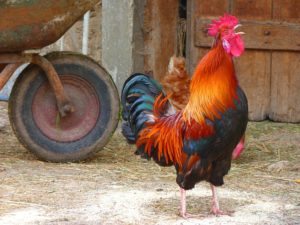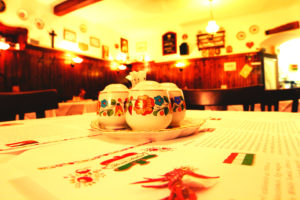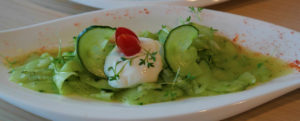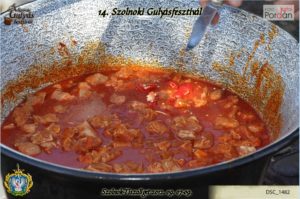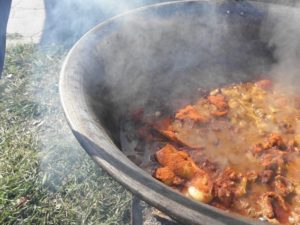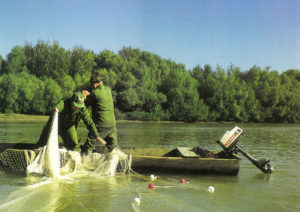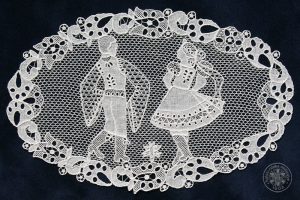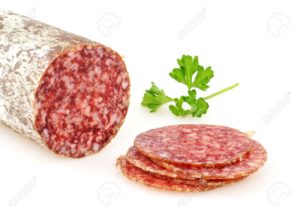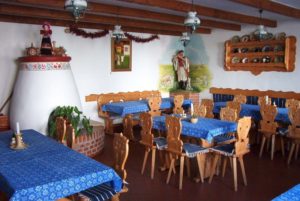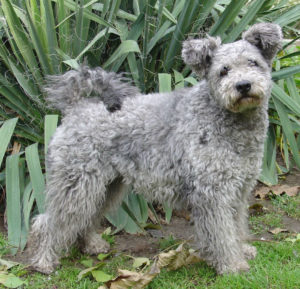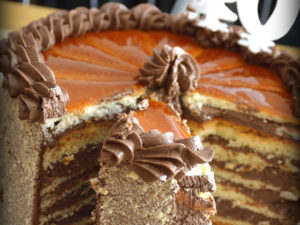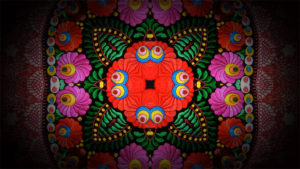The Hungarian Hussar
A rakish moustache, a fast horse, a fearless valiant fighter and a fairytale hero: this is the image of the Hungarian Hussar.
Let us look behind the myth and learn about the story of these audacious men who have become Hungarian national symbols as brave warriors for centuries.
The term “Hungarian Hussar” means light-armed horsemen. Not a regular warrior, but a daring fighter with a reputation as the “best and bravest valiant in Europe” for many years.
The origin of the name “Hussar”
The term “husserones” was first mentioned in King Matthias’ letter in 1481, as a light cavalry within the royal army. The origin of the word is still not settled, it is assumed to come from the word “húsz” (twenty), since at that time the king’s new decree declared that his subjects were obliged to exhibit a cavalry soldier after every 20 socages.
Hussars, outstanding warriors of Hungarian history
From the time of the Turkish invasion in the 15th century, the Hussars were a significant parts of the royal army, and until the 20th century they formed the Hungarian light cavalry. After the disbanding of Matthias’ legendary corps, the Black Army, the Hussar troops remained together and were partly assigned to the royal troops and the forts. Without them, border defense would have been swayed.
From the 16th century, during the reign of kings from the Hasburg dynasty, the Hussars were fighting in different parts of Europe, but these soldiers were no longer serfs, but mercenary warriors. Thanks to their unique fighting style, they became known in Europe as “Hungarian weapons” and were considered the most effective light-horse regiment of the 17th and 18th centuries.
Over the years, they played a huge role in the defense against the Turks and became indispensable figures in many great battles in Hungarian history. Under the reign of Queen Maria Theresa, they were trained to fight on foot in the field as well and were using pistols and carbines too.
During the fights of the 19th century, including the 1848 War of Independence, they fulfilled their duty with extraordinary courage and self-sacrifice. They fought as true patriots in the battles of World War I, and in World War II they were deployed against modern weapons and tanks.
The last Hussar Regiment was active until the end of World War II, and the last Hungarian Hussar of Nyíregyháza was Mihály Tomasovszki.
The legendary fighting style
Hungarians have always had a reputation as a horse nation, the true secret of the Hussars was based largely on their horses’ abilities. The hussar and his light, agile hussar horse were inseparable, loyal companions to each other, and the outcome of each battle depended on the harmony between them.
Their unique combat style comes from the ancient Hungarian cavalry military art, the main features of which are misdirection, smart use of terrain, trapping, raiding, remote destruction. Their tricky technique was matched by glorious courage, a way to strike the enemy with unexpected attacks.
The legacy of the Hussars for the Hungarian nation
In 2017 the Hussar was added to the list of Hungarikums, and to commemorate this event, a 13-meter-high statue of “Miskahuszár” was erected in Pákozd. An exclusive creation, a new tourist attraction and a great memorial to the Hungarian Hussar, a unique “weapon”, that is an important element of national pride. A symbol that is fused with bravery, loyalty and patriotism till the grave.
Photos: http://huszarmuzeum.hu



